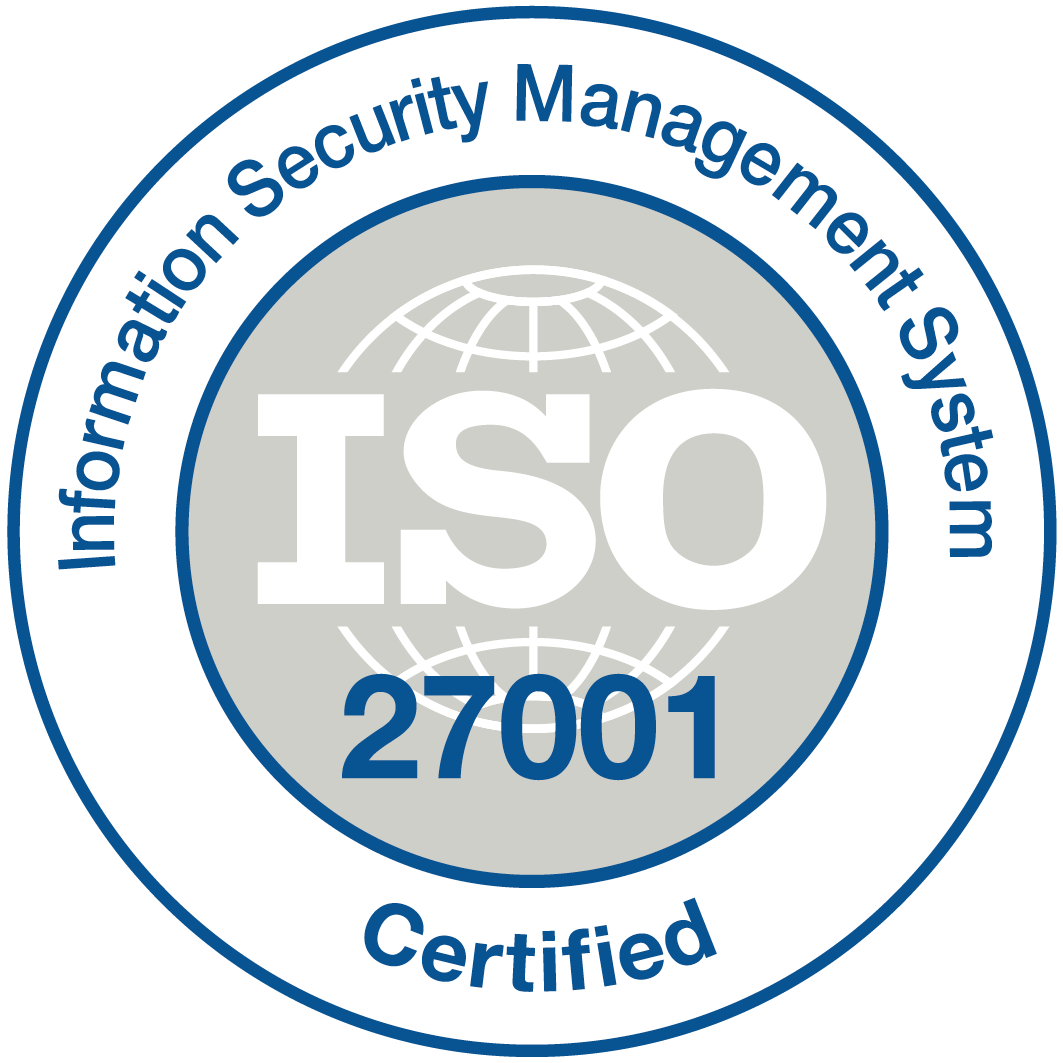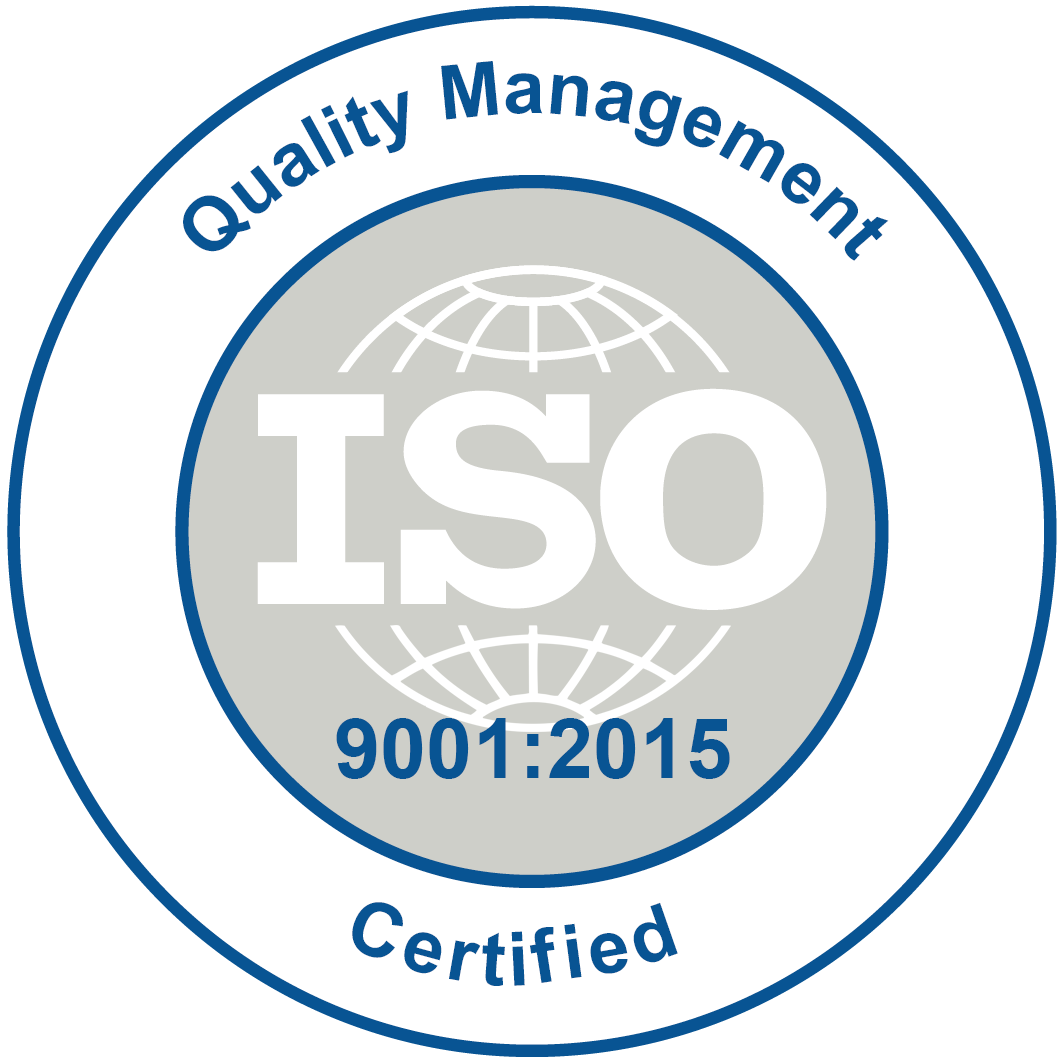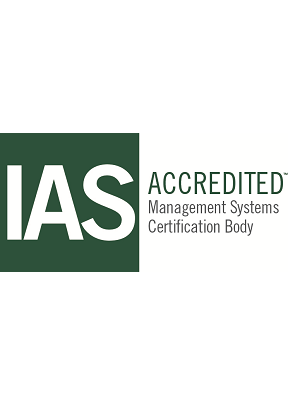“E-learning is the effective learning process created by combining digitally delivered content with learning support services.” V. Waller and J. Wilson
E-learning refers to the use of electronic media and information and communication technologies (ICT) in education. E-learning is broadly inclusive of all forms of educational technology in learning and teaching. E-learning is inclusive of, and is broadly synonymous with multimedia learning, technology-enhanced learning (TEL), computer-based instruction (CBI), computer-based training (CBT), computer-assisted instruction or computer-aided instruction (CAI), internet-based training (IBT), web-based training (WBT), online education, virtual education, virtual learning environments (VLE) (which are also called learning platforms), m-learning, and digital educational collaboration. These alternative names emphasize a particular aspect, component or delivery method.
By creating E-learning elements, that include numerous types of media that deliver text, audio, images, animation, and streaming video, ITD includes technology applications and processes such as audio or video tape, satellite TV, CD-ROM, and computer-based learning, as well as local intranet/extranet and web-based learning.
By using electronic technology, ITD team creates learning experiences for our client’s beneficiaries. Thus, E-learning consists of the transfer of skills and knowledge using electronic applications and processes. This includes Web-based learning, computer-based learning, virtual classrooms, and digital collaboration, use of audio or video recording, satellite or land-based broadcasts, CD-ROM, DVD, videoconferencing, and even the phone system.
• Independence / mobility - the ability to access content anytime, anywhere educational material, using personal computer and the network;
• Accessibility immediate - an important feature for this type of education, which means access to education via the Internet in real time, from anywhere and - no time dependence.
• Concise and selective educational content - e-Learning course content is carefully selected and students can skip chapters you have already learned or not interest them.
• Individualize learning - each student has their own style and pace of assimilation and is based on a type of memory in learning (auditory or visual), attending courses can be done gradually and repeatedly and rapidly controlling progress, With a personalized feedback quickly.
• Increased retention - combining multimedia instructional design can produce a rich educational experience and repeatable. Alternating practical activities with constant feedback, results in a learning environment that will help the student to retain content, with higher subsequent practical application.
• Our team has experience developing e-learning lessons.




